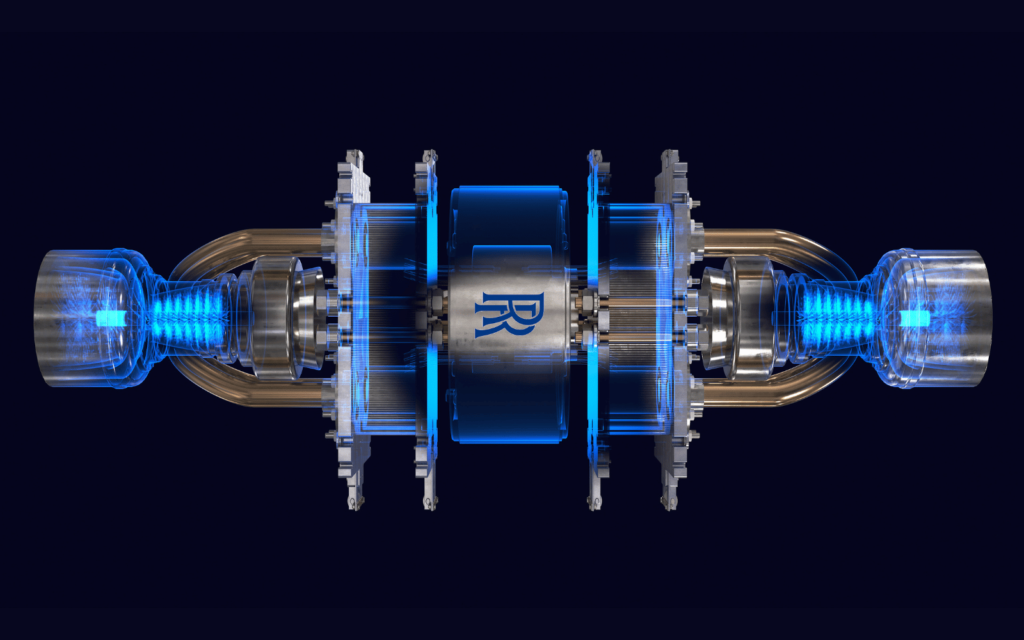Rolls-Royce, as a brand, conjures images of very expensive British motor vehicles. Sure, you could drive it yourself, but the point of having all that money is to purchase a marvel of motoring engineering that you pay someone else to drive. But the company’s about more than that and it’s about to become even more: Rolls-Royce wants to go to space.
Specifically, the company hopes to take to space with a very small nuclear reactor. A Micro-Reactor, to be precise. The company recently shared its hopes to power spacecraft on longer journeys using nuclear technology. The tech could also be used to deliver power to off-world settlements and outposts.
The Rolls-Royce of spacecraft?
A Rolls-Royce Micro-Reactor is designed to use an inherently safe and extremely robust fuel form. Each uranium particle is encapsulated in multiple protective layers that act as a containment system, allowing it to withstand extreme conditions.https://t.co/OOc9kBGXDx pic.twitter.com/wkXmZgzhrs
— Rolls-Royce (@RollsRoyce) January 27, 2023
Rolls-Royce showed off a design for its small reactor concept, a follow-up to a 2021 announcement that the company was intent on venturing into space with nuclear power in tow. The timing for the reveal isn’t a coincidence. In January, NASA and DARPA issued a joint statement about the DRACO (Demonstration Rocket for Agile Cislunar Operations) program. The aim of this program is to develop and test a nuclear-powered rocket for future Mars missions. Rolls seems keen to throw its hat into the ring.
The idea isn’t as outlandish as it might seem at first thoughts. The company’s engines power fighter jets all around the world. Its diesel and gas turbines see use across the naval sphere. It has produced first-stage rocket boosters (which never really went into production but let’s not ask too many questions). The company has also developed and deployed nuclear plants for the UK’s submarine fleet. It’s not all luxury motor vehicles.
A version of the Rolls-Royce Mini-Reactor will reportedly be ready to go by 2029. That fits right into NASA’s plans to send human beings to Mars and (hopefully) bring them back again. Engines that can provide reliable power and heat without needing masses of fuel could prove to be the difference between life and death on a trip like that.




